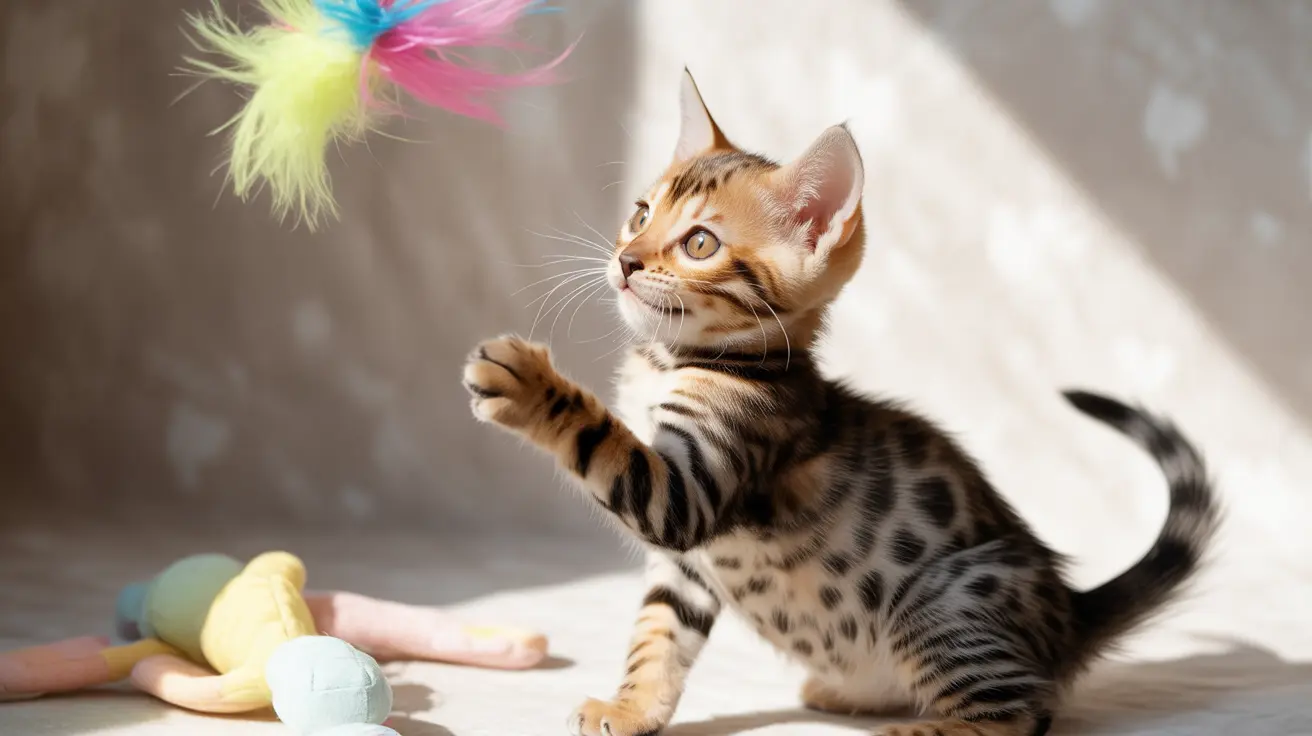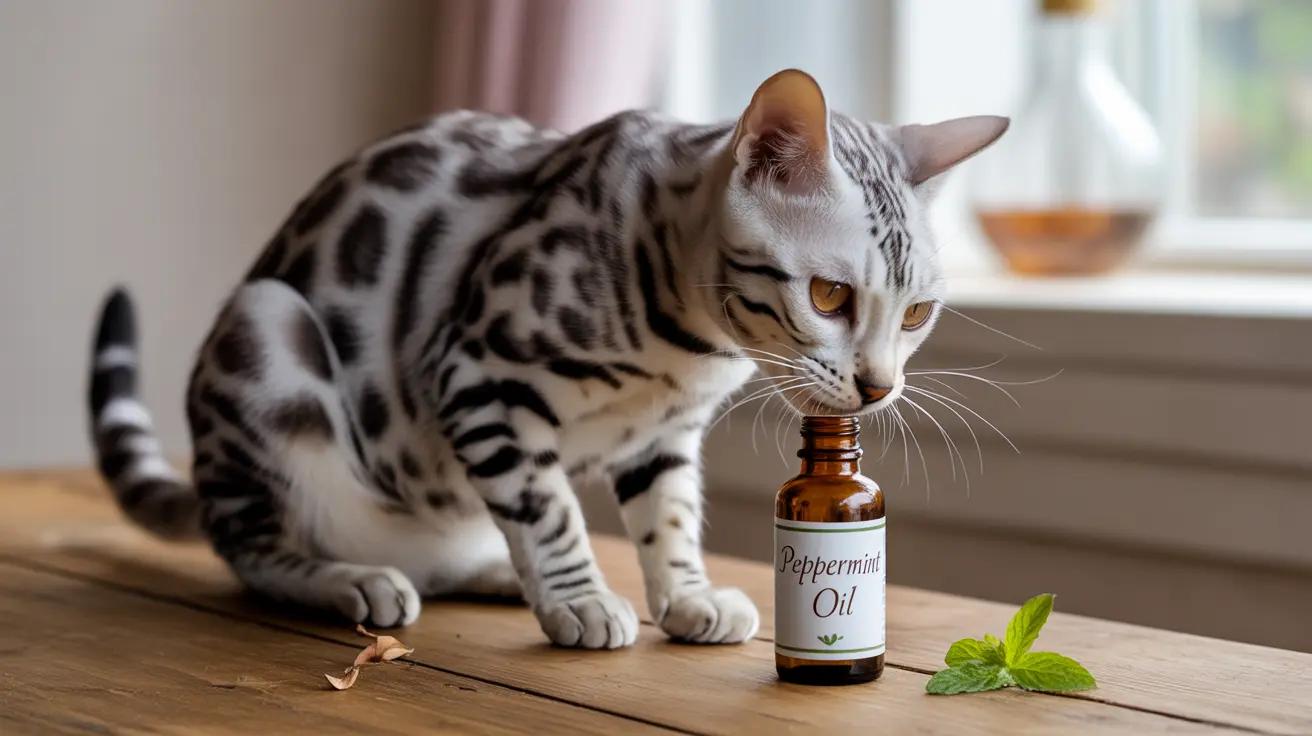Single kitten syndrome is a behavioral phenomenon that occurs when kittens are raised without the companionship of other felines during their crucial developmental stages. This condition can lead to various behavioral issues that affect both the kitten's well-being and their relationship with their human family members.
Understanding single kitten syndrome is essential for potential cat owners, as it can significantly impact a kitten's social development and future behavior patterns. In this comprehensive guide, we'll explore the causes, symptoms, and solutions to help ensure your kitten grows into a well-adjusted adult cat.
What Causes Single Kitten Syndrome?
When kittens are separated from their littermates and mother too early or raised alone, they miss out on vital social learning experiences. During the critical developmental period between 2-12 weeks of age, kittens typically learn:
- Bite inhibition and play boundaries
- Social cues and body language
- Proper grooming habits
- Appropriate hunting and play behaviors
Without these learning opportunities, solo kittens often struggle to develop proper social skills and self-regulation abilities.
Recognizing the Signs
Physical Behaviors
Single kittens often display distinctive physical behaviors that indicate developmental challenges:
- Excessive biting and scratching during play
- Aggressive pouncing on humans or other pets
- Difficulty controlling clawing strength
- Inappropriate grooming habits
Emotional and Social Signs
The emotional impact of single kitten syndrome can manifest in various ways:
- Extreme attachment to human caregivers
- Separation anxiety when left alone
- Excessive vocalization
- Difficulty interacting appropriately with other cats
- Stress-related behaviors like overgrooming
Prevention and Management
Early Intervention Strategies
The best way to prevent single kitten syndrome is to adopt kittens in pairs. However, if you already have a solo kitten, consider these interventions:
- Scheduled playtime sessions multiple times daily
- Interactive toys that simulate prey and hunting behaviors
- Controlled social interactions with other kittens
- Environmental enrichment through climbing structures and exploration opportunities
Creating a Supportive Environment
Establish a nurturing environment that helps compensate for the lack of feline companionship:
- Multiple play stations throughout the home
- Safe spaces for retreat when overwhelmed
- Regular routine for feeding and play
- Positive reinforcement training
Long-term Solutions
Addressing single kitten syndrome requires consistent effort and patience. Consider these long-term solutions:
- Consulting with a feline behaviorist
- Introducing another cat when appropriate
- Maintaining consistent boundaries and routines
- Providing ongoing socialization opportunities
Frequently Asked Questions
What is single kitten syndrome, and how does it affect a kitten's behavior?
Single kitten syndrome manifests as behavioral issues in kittens raised without feline companions. It can lead to aggressive play, poor social skills, and anxiety-related behaviors due to missed learning opportunities during crucial developmental stages.
How can I prevent single kitten syndrome if I'm adopting a kitten alone?
While adopting in pairs is ideal, you can help prevent single kitten syndrome by providing extensive playtime, environmental enrichment, and structured social interactions with other kittens when possible. Consider working with a feline behaviorist for guidance.
What are the most common behavioral symptoms of single kitten syndrome in kittens?
Common symptoms include excessive biting and scratching, aggressive play, separation anxiety, extreme attachment to caregivers, and difficulty interacting appropriately with other cats or pets.
Can adopting an adult cat help prevent single kitten syndrome in a young solo kitten?
While adult cats can provide some companionship, they may not engage in the vigorous play and social learning that kittens need. A similarly-aged kitten companion is typically more beneficial for proper development.
How do I know if my kitten has single kitten syndrome, and what are the best ways to address it?
Look for signs like aggressive play, excessive neediness, and poor social skills. Address these issues through increased interactive play, environmental enrichment, positive reinforcement training, and professional behavioral guidance when needed.
By understanding and actively addressing single kitten syndrome, we can help ensure our feline companions develop into well-adjusted, happy adult cats. Remember that prevention through paired adoption is ideal, but with dedication and proper intervention, single kittens can still thrive and overcome these behavioral challenges.






